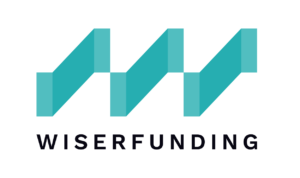Private debt defaults often involve complexities that go beyond the headline numbers. While default rates are an important indicator, it’s essential to dig deeper into the structural factors that underlie these figures. Economic conditions, market dynamics, and broader financial trends all play a pivotal role in shaping the future for both lenders and borrowers.
As we look ahead to 2025, let’s examine the default rate forecasts and their implications for the private debt landscape:
📍 North America: Moderation Amid Elevated Defaults
Fitch Ratings predicts a moderation in North American private credit downgrades in 2025. While default rates are expected to remain elevated during the early part of the year, they are forecast to gradually decline as markets adjust to ongoing economic changes. The pace of this recovery will largely depend on how well markets adapt to broader economic shifts, with potential stabilisation anticipated later in the year.
📍 Europe: Elevated Speculative-Grade Defaults
S&P Ratings forecasts a European trailing-12-month speculative-grade corporate default rate of 4.25% by September 2025, a slight improvement from 4.7% in September 2024. Despite this decline, default rates remain elevated due to ongoing distressed exchanges and debt restructurings, which are expected to persist so long as interest rates remain high. The key uncertainty for European private credit lies in the trajectory of interest rates, which will continue to shape corporate debt dynamics and market risk in 2025.
📍 Changing Market Dynamics and Investor Focus
Vivek Mathew, President and Head of Asset Management at Antares Capital, highlights shifting market dynamics as a key driver of potential volatility. Mergers and acquisitions (M&A) activity has slowed, and credit spreads have tightened, signaling a shift in the balance of supply and demand. This recalibration could result in an uptick in defaults, prompting investors to sharpen their focus on aligning their interests with borrowers.
📍 Professor Edward Altman research highlights that in recent memory the credit cycle had been at a benign stage with it moving to the Average stage at the end of 2023 beginning of 2024. When default rates get to 4.5% and above the credit cycle enters the stressed stage, which is what has been experienced in recent months. The forecast above indicates that the credit cycle will get back to the average stage of the credit cycle later in 2025.
💡 Next Steps for Private Credit 💡
As 2025 begins, private lenders must reassess debt portfolio risks, focusing on borrower quality, sector resilience, and economic sensitivity. Leveraging automation for timely data analysis and risk monitoring, along with maintaining flexibility and strong borrower relationships will be crucial for effective risk management.







